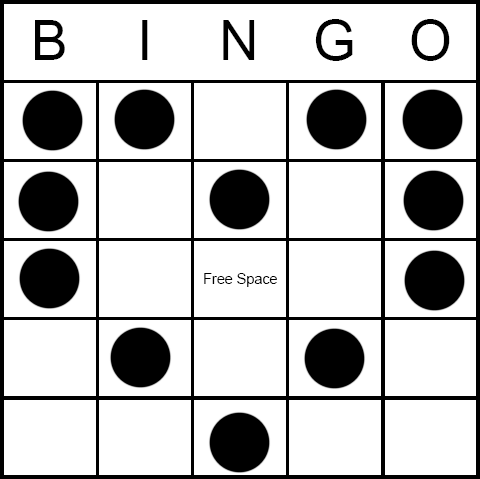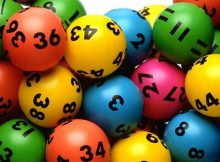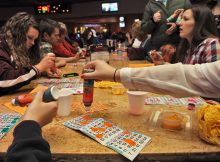What is Pattern Bingo and what are its numerous sequences?
While traditional bingo features a standard gameplay card and simple number lines, the sheer range of bingo games available online has created the opportunity for more diverse experiences. More specifically, it has laid a platform for the emergence of pattern bingo, which veers between presenting numbers in an unusual visual layout and creating unique winning combinations though non-traditional sequences. Playing these variations requires a period of transition, as you look to adapt to new requirements and train your hand-eye coordination accordingly. The understand this effectively, we need to look at the most popular variations of pattern bingo. So aside from single line bingo, here are three of the most widely-played formats and their unique features:

This format is fairly self-explanatory, as the four corners bingo pattern challenges players mark off numbers in a simple and yet unique manner. As the name suggests, players must mark their cards as the numbers are called, with the winner being the first to cross off all of the four digits listed on the outside corners. This can be used to determine a single game or be featured as part of a larger playing card, but you will need to adapt to the challenge and strive to mark your numbers as quickly as possible.
The Big ‘X’ Bingo Pattern
This is one of the more interesting bingo patterns, with players being required to trace a winning combination in the shape of the letter ‘X’. While numbers are called in the same way as usual, you must be vigilant while playing and strive to identify digits in a unique and unusual pattern. For more traditional players, this can pose a significant challenge as these individuals are not accustomed to attempting to trace digits in specific shapes or layouts.
Any Four Number Pattern
One of the more interesting and relentlessly paced bingo formats, this variation of bingo belongs firmly under the ‘organised chaos’ category. The patterns available in this variation are extremely fluid and flexible, as the winning player is the one who is the first to mark off four numbers on their card. Participants must therefore train themselves to focus solely on the numbers in question, rather than attempting to identify individual patterns as the game unfolds. For those who aim to switch between formats, this can be challenging and is not guaranteed to deliver success over time.
Last updated: Jan 24, 2023



